
Historians and social critics differ on the specifics of the timeline, but most cultural observers agree that the strange and fascinating creature known as the American teenager — as we now understand the species — came into being sometime in the early 1940s. This is not to say that for millennia human beings had somehow passed from childhood to adulthood without enduring the squalls of adolescence. But the modern notion of the teen years as a recognized, quantifiable life stage, complete with its own fashions, behavior, vernacular and arcane rituals, simply did not exist until the post-Depression era.
Here, in the first of a series of galleries on the evolution of LIFE magazine’s — and, by extension, America’s — view of teenagers through the middle part of the 20th century, LIFE.com presents photos that the inimitable Nina Leen shot for a December 1944 article, “Teen-Age Girls: They Live in a Wonderful World of Their Own.”
Leen focused on a group of 12 girls, from 15 to 17 years old, living in Webster Groves, Mo., a suburb of St. Louis.
(Note the hyphenated phrase, “teen-age.” By all accounts, it would be several years before the word as we spell it today, “teenager,” would make an appearance in the pages of LIFE. The word “teen-agers” itself, meanwhile, likely made its debut in print in a 1941 issue of Popular Science Monthly.)
In its December 1944 feature, LIFE breathlessly discussed the “teen-age” phenomenon in language that, in 2013, somehow feels naive, chauvinistic, celebratory and insightful, all at once. That so many of the article’s impossibly broad, sweeping claims (“Some 6,000,000 U.S. teen-age girls live in a world all their own: a lovely, gay, enthusiastic, funny and blissful society. . . .”) clearly apply to a specific type of teenager — i.e., white, middle-class — tends to blunt some of the more incisive observations. But taken as a whole, the LIFE article and Leen’s photographs constitute a fascinating, early look at a segment of the American populace that, over the ensuing decades, for better and for worse, has assumed an increasingly central role in the shaping of Western culture.
As LIFE stated the case to its millions of readers in 1944:
There is a time in the life of every American girl when the most important thing in the world is to be one of a crowd of other girls and to act and speak and dress exactly as they do. This is the teen age.
Some 6,000,000 U.S. teen-age girls live in a world all their own — a lovely, gay, enthusiastic, funny and blissful society almost untouched by the war. It is a world of sweaters and skirts and bobby sox and loafers, of hair worn long, of eye-glass rims painted red with nail polish, of high school boys no yet gone to war. It is world still devoted to parents who are pals even if they use the telephone too much. It is a world of Vergil’s Aeneid, second-year French and plane geometry, of class plays, field hockey, “moron” jokes and put-on accents. It is a world of slumber parties and the Hit Parade, of peanut butter and popcorn and the endless collecting of menus and match covers and little stuffed animals.
American businessmen, many of whom have teen-age daughters, have only recently begun to realize that teen-agers make up a big and special market. . . . The movies and the theater make money by turning a sometimes superficial and sometimes social-minded eye on teen-agers.
Their new importance means little to teen-age millions. By their energy, originality and good looks they have brought public attention down from debutantes and college girls to themselves. Moving through the awkward age, the troubles of growing up, their welter of fads and taboos, they eventually become — in the judgment of almost every Western nation — the most attractive women in the world.
Then again, perhaps that particular discussion is best left to another series on LIFE.com — one looking at, say, LIFE’s portrayal of women through the years?
Liz Ronk, who edited this gallery, is the Photo Editor for LIFE.com. Follow her on Twitter at @LizabethRonk.
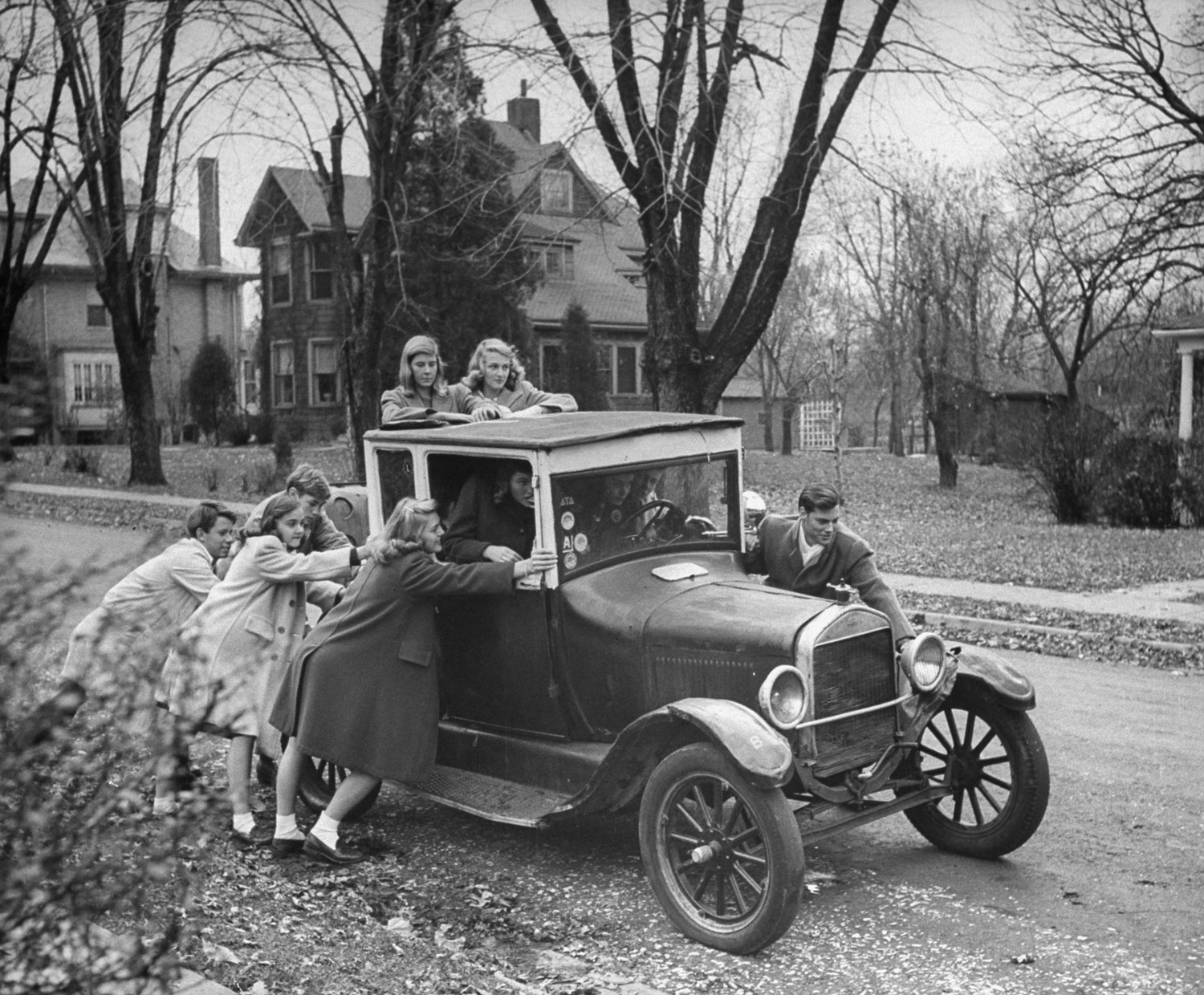
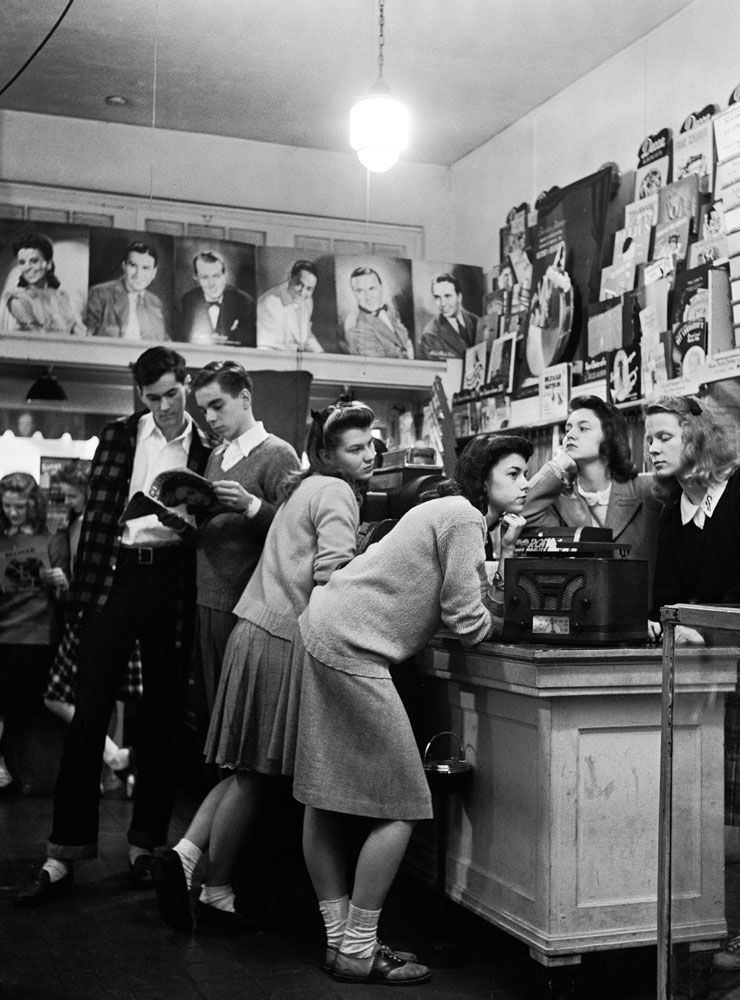
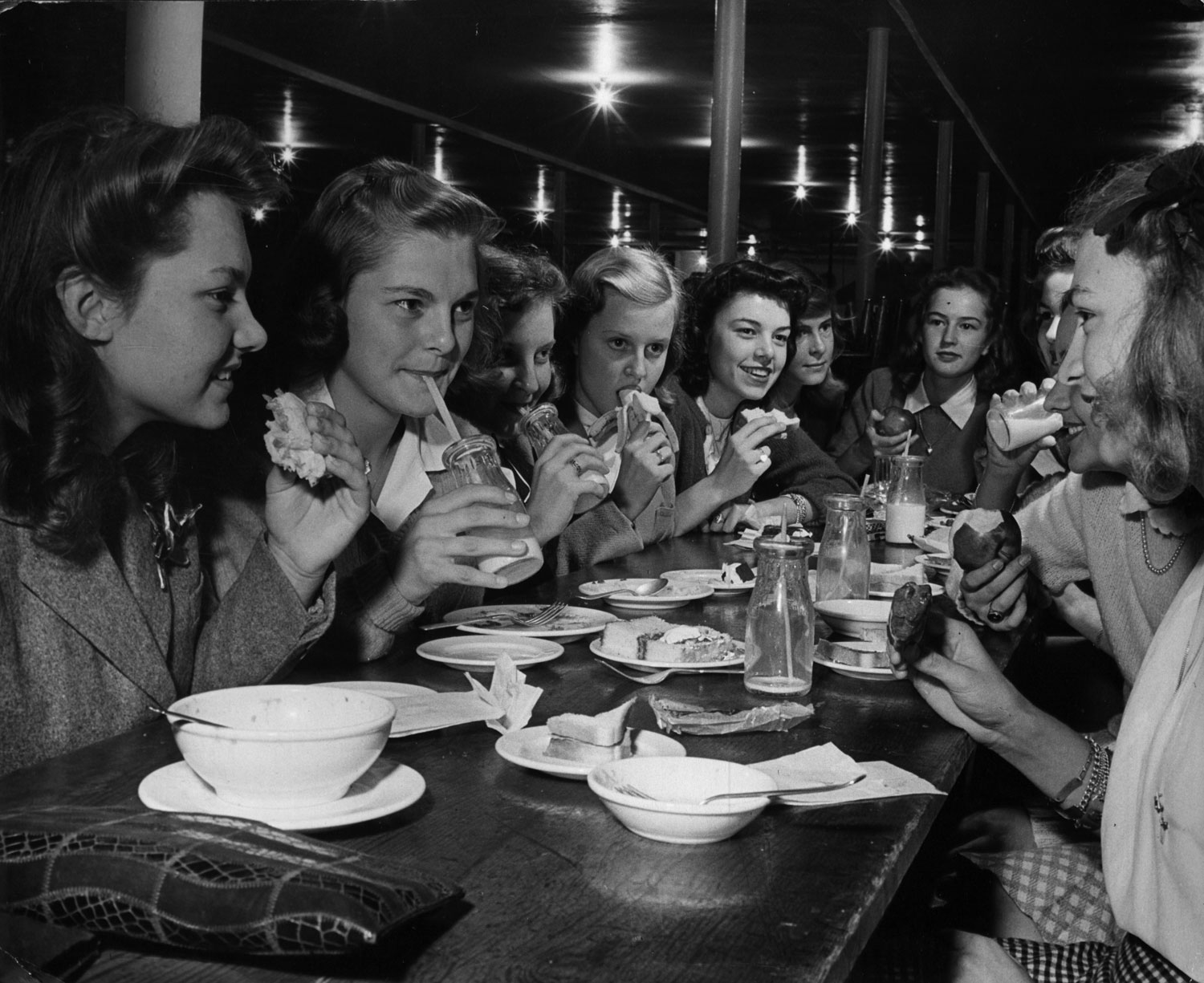


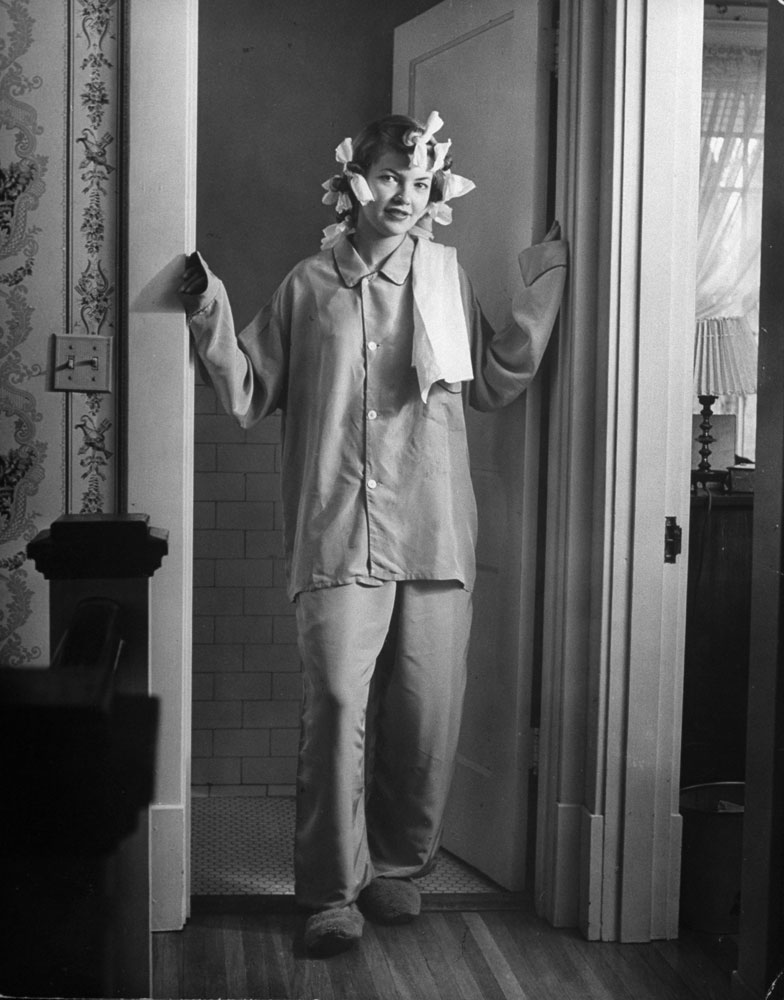
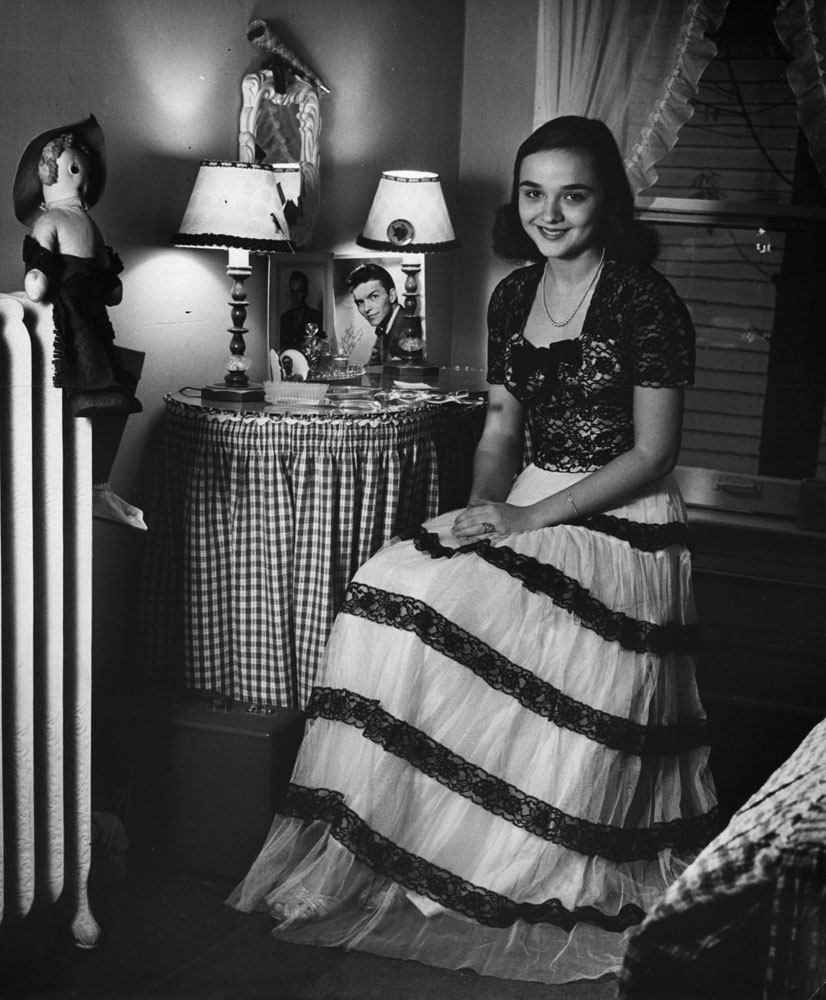
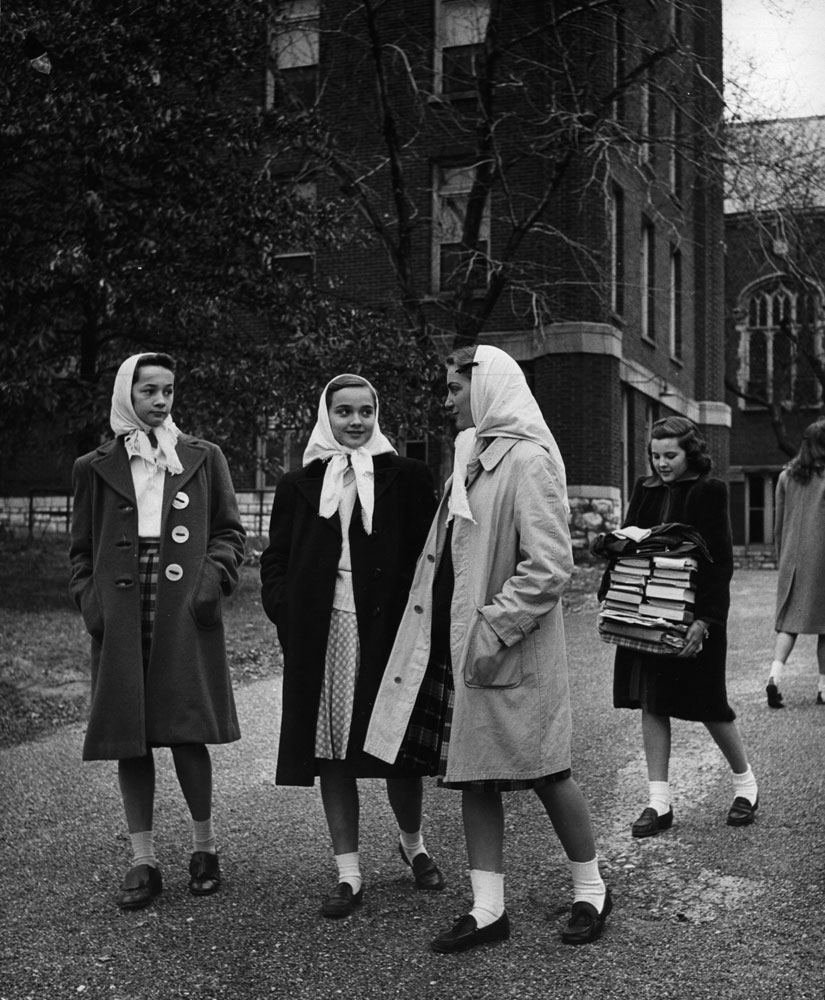


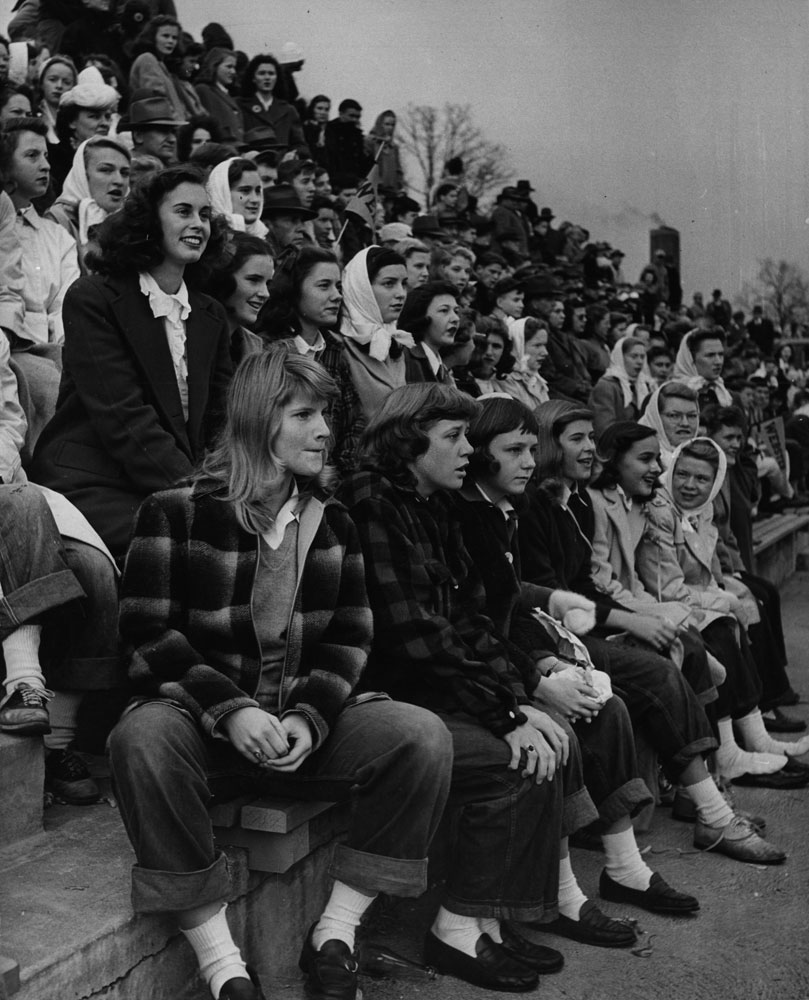
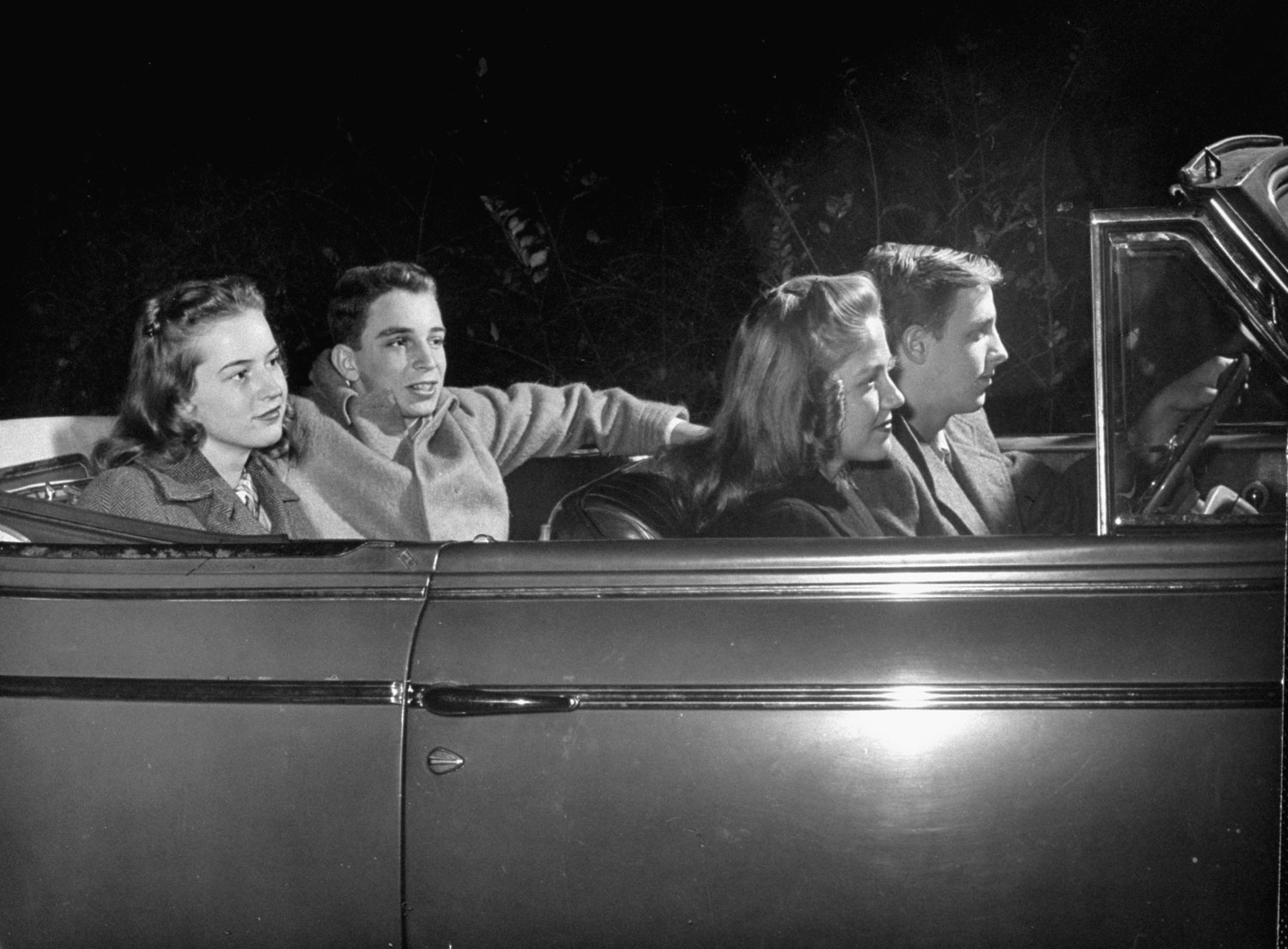
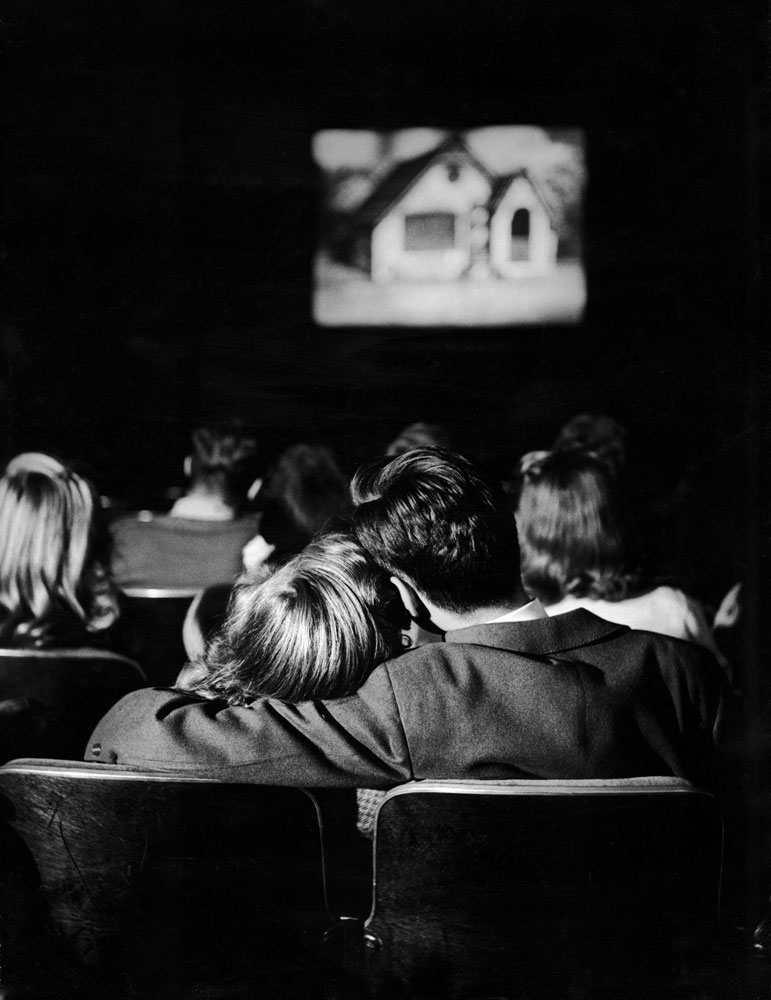
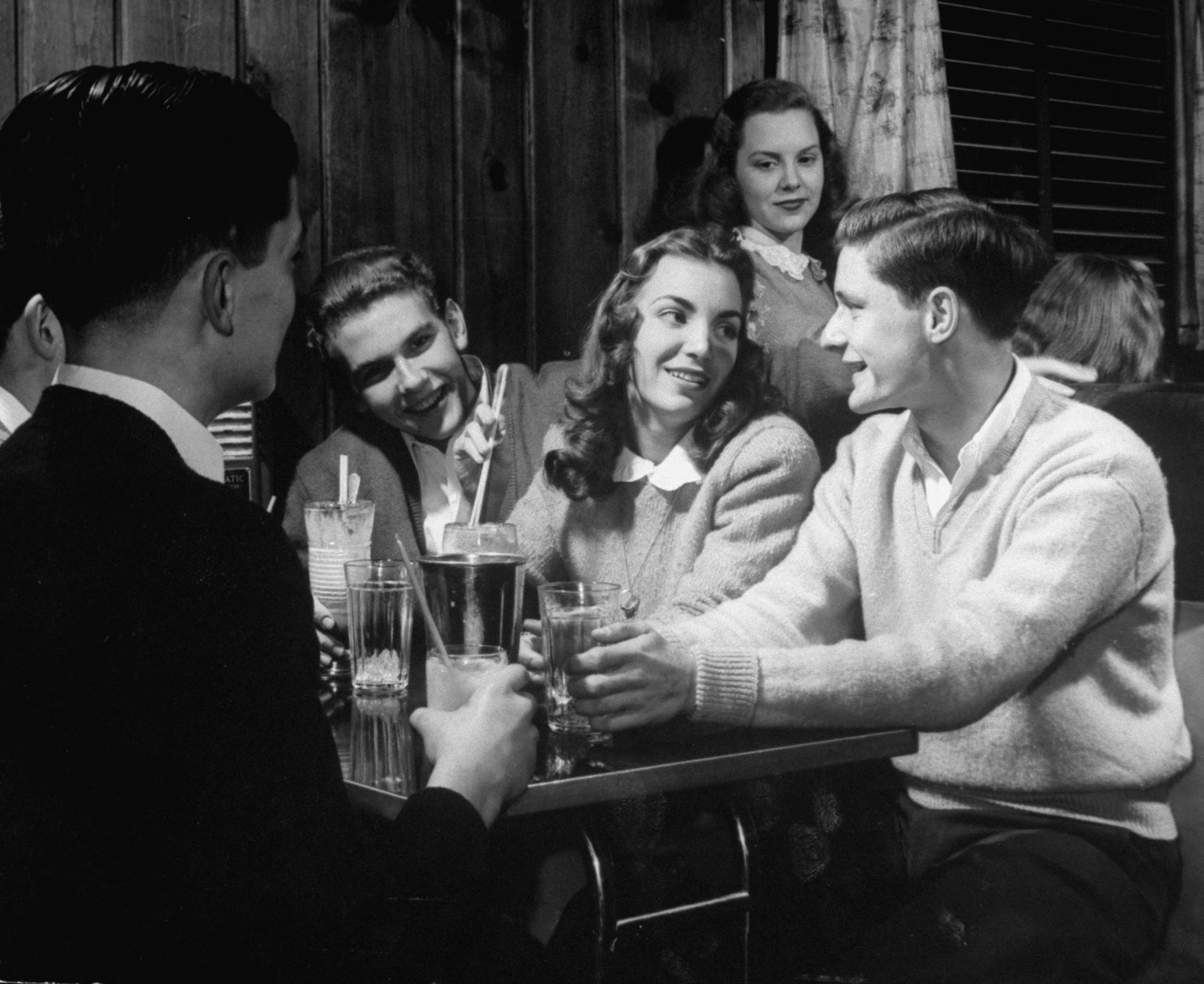

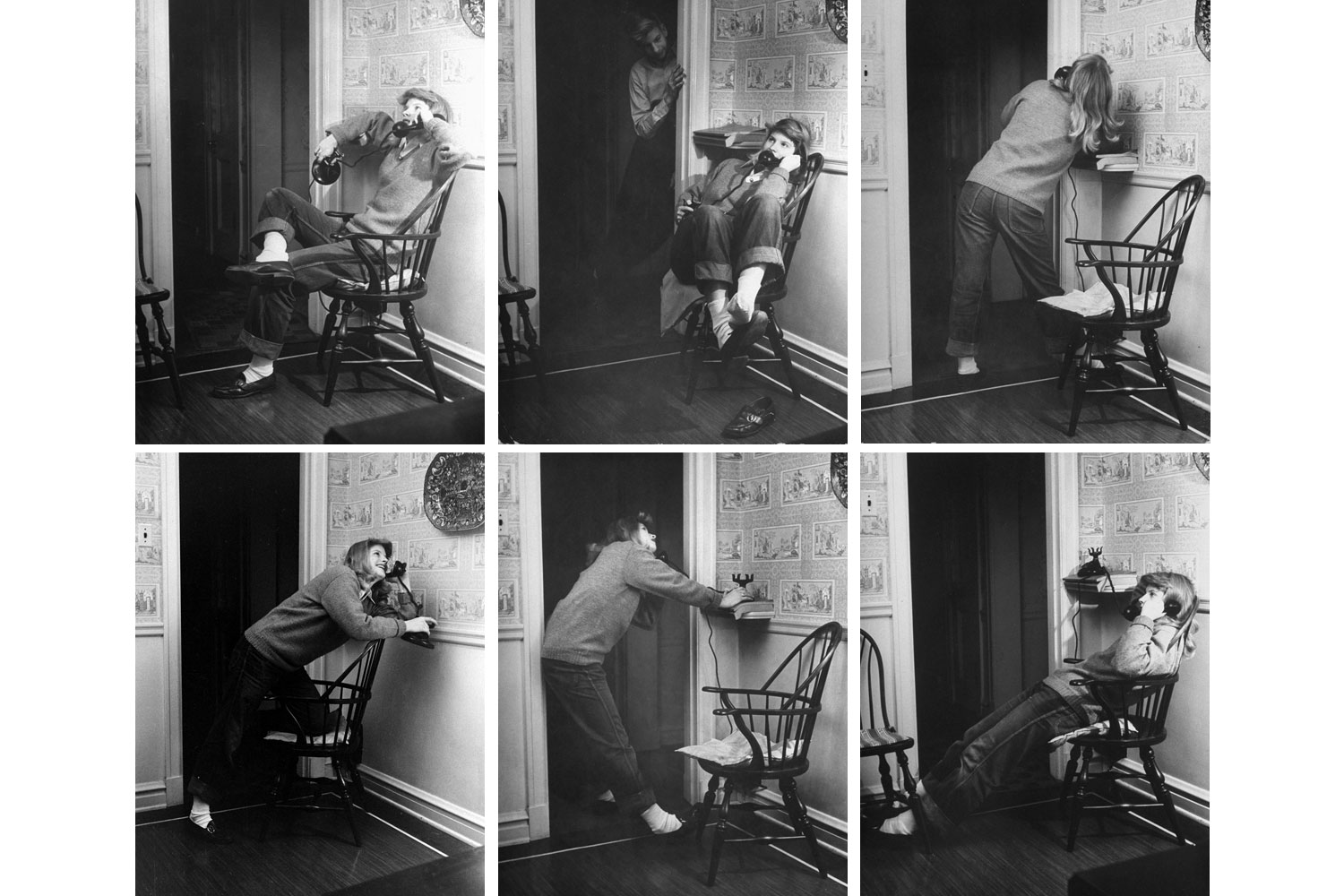
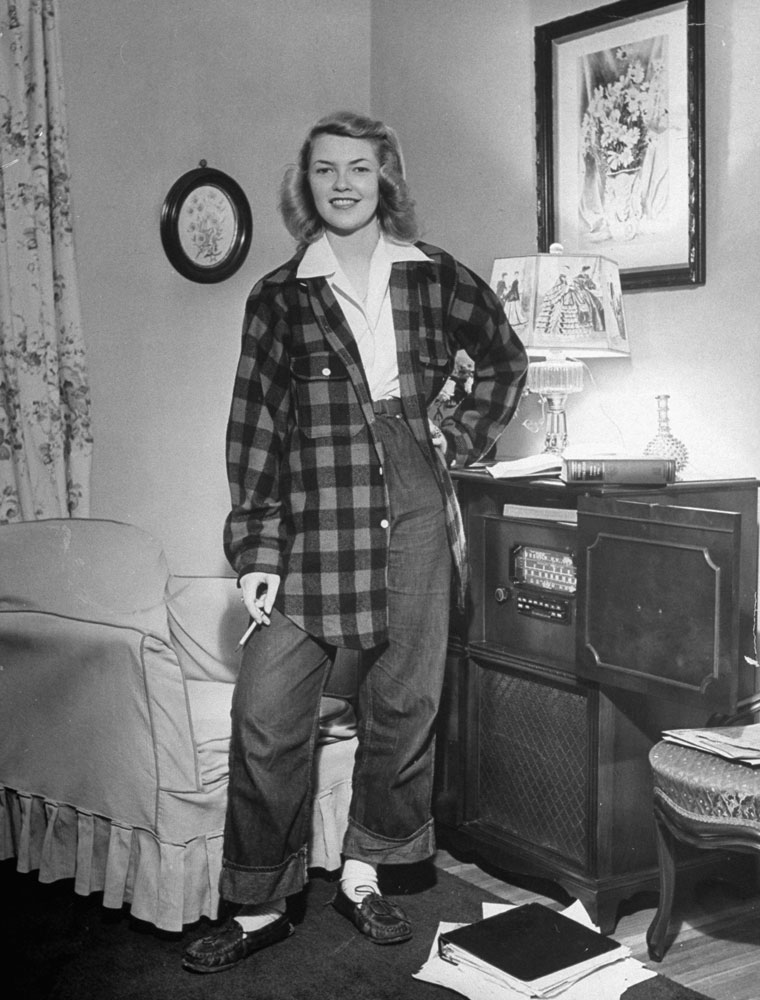
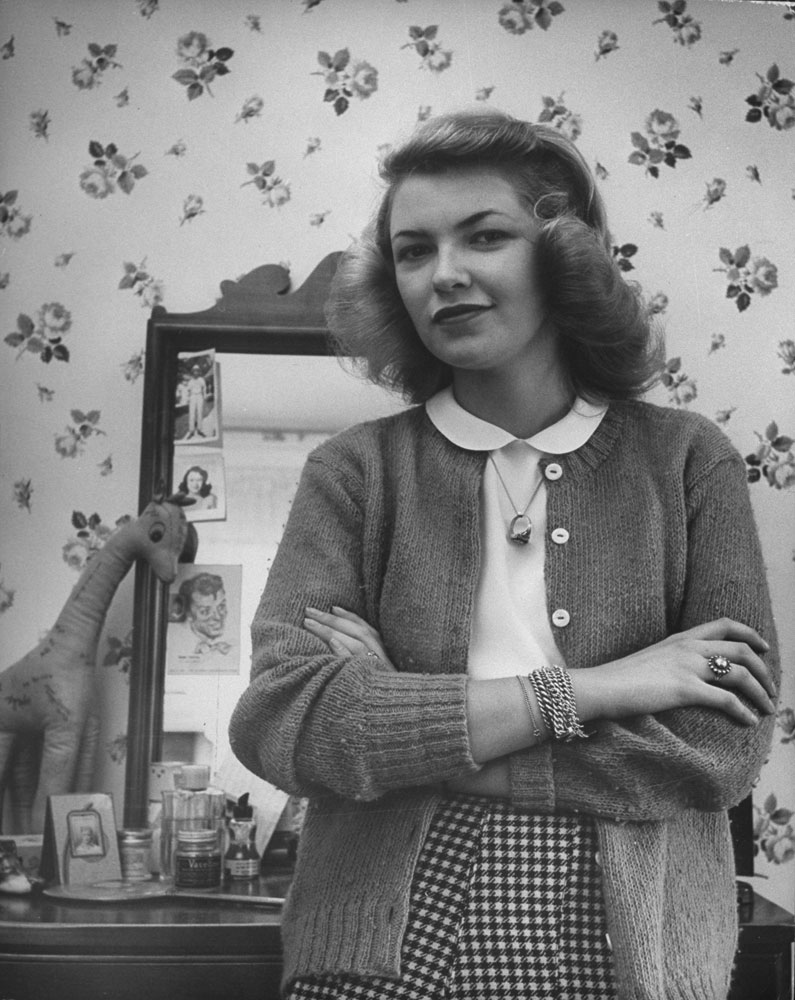

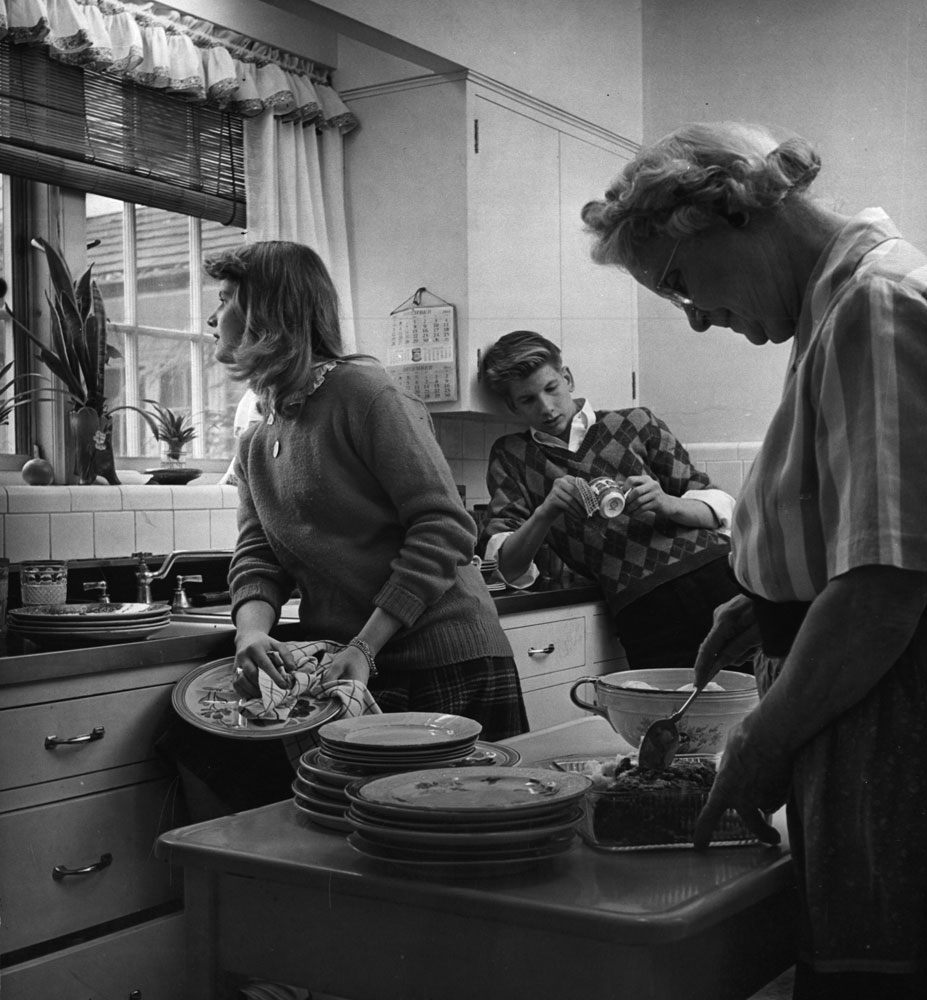
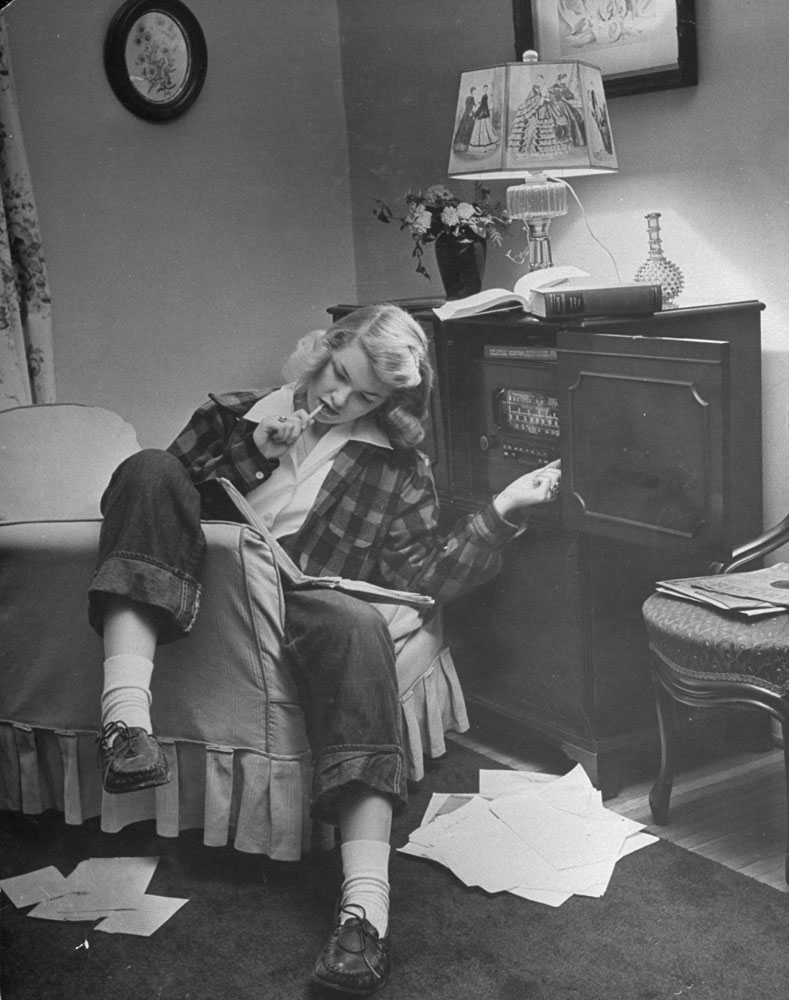


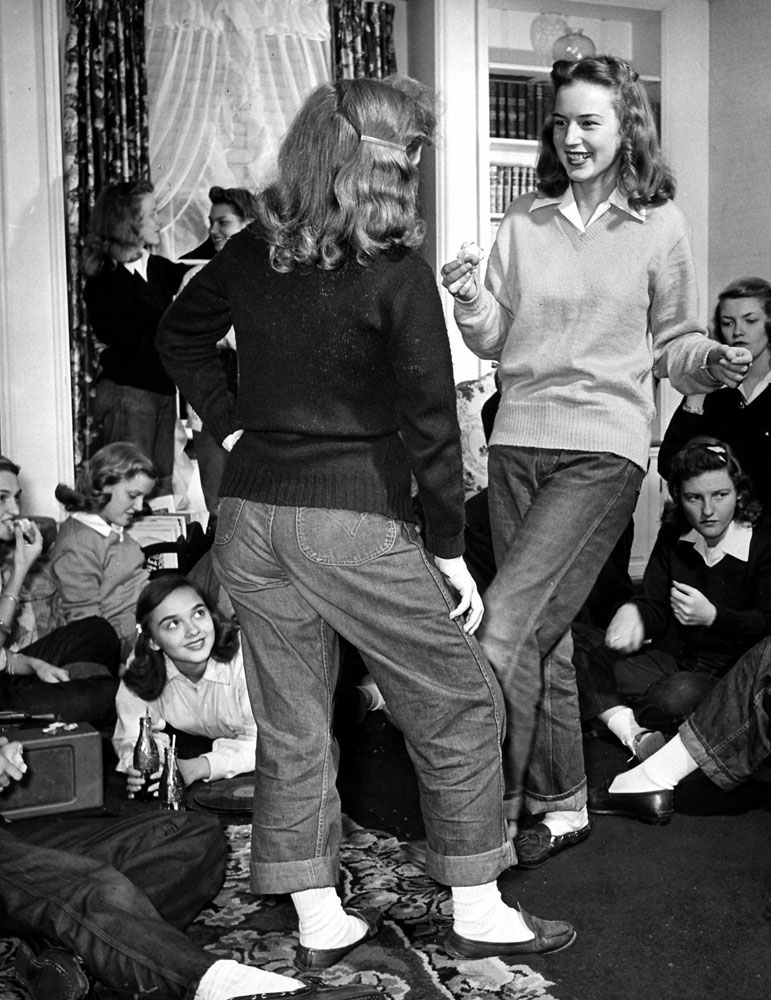
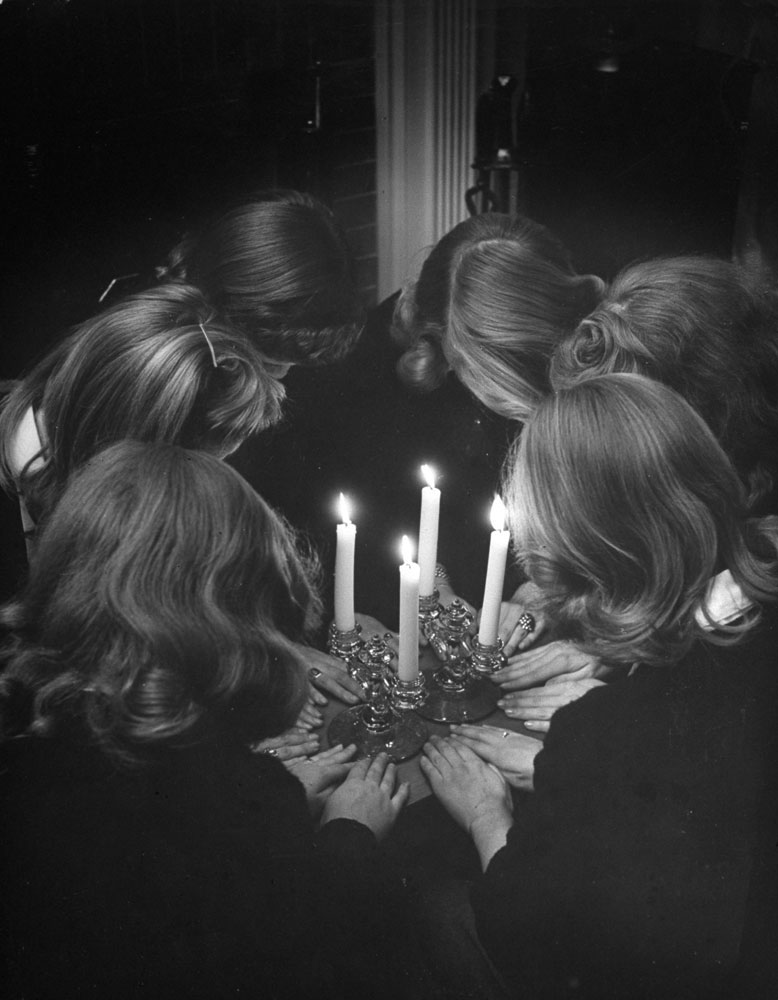
More Must-Reads from TIME
- Inside Elon Musk’s War on Washington
- Why Do More Young Adults Have Cancer?
- Colman Domingo Leads With Radical Love
- 11 New Books to Read in February
- How to Get Better at Doing Things Alone
- Cecily Strong on Goober the Clown
- Column: The Rise of America’s Broligarchy
- Introducing the 2025 Closers
Contact us at letters@time.com